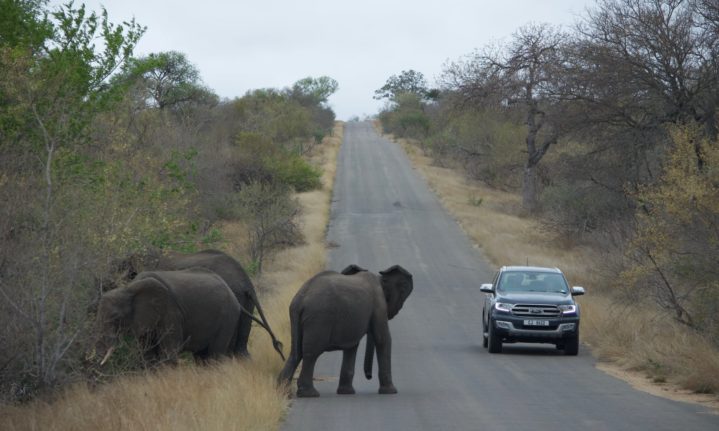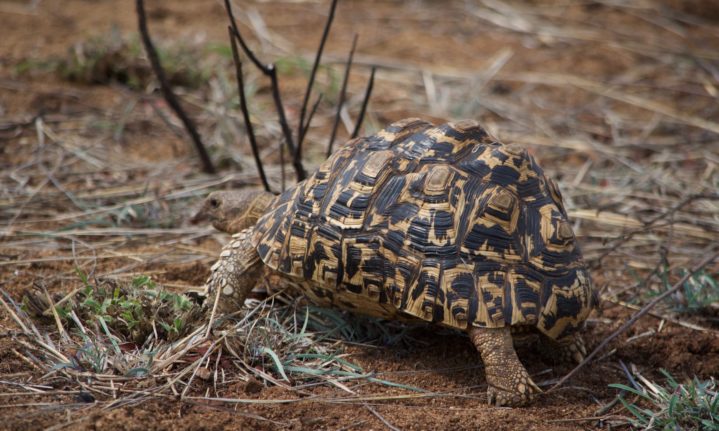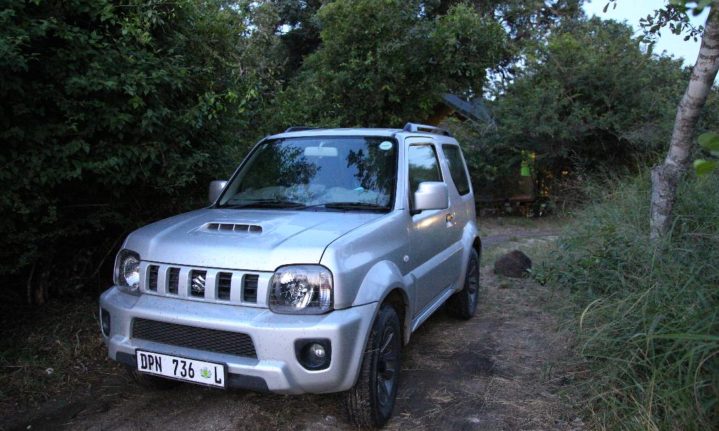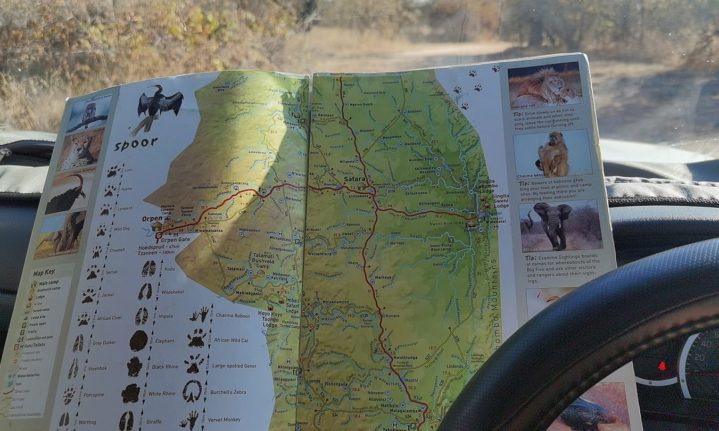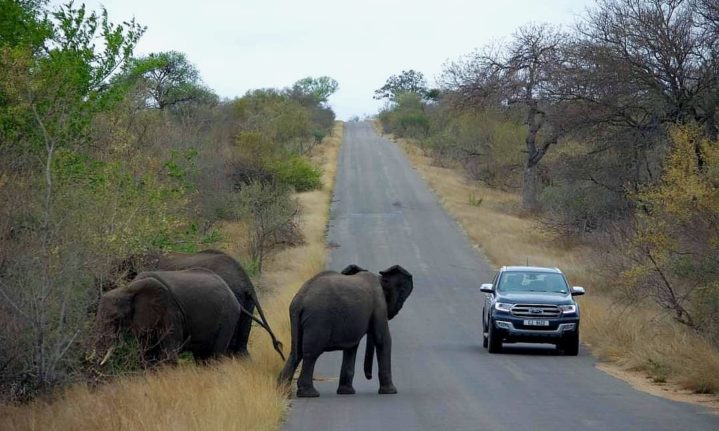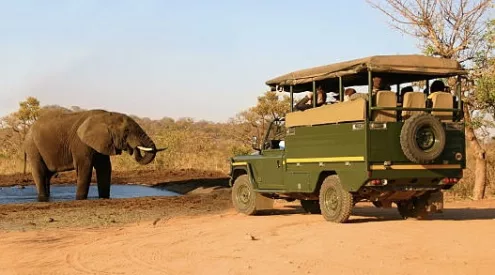The Kruger National Park is our most-loved safari destination, because it’s open to anyone with four wheels and a desire to explore its nearly two million hectares. Whether a first-time visitor or a serial safari-goer, here are some tips to help you make the most of your self-drive experience.
1. Arrange a vehicle
The best car for a Kruger park visit is the car you have, but if you are coming from out of town or overseas, then consider the kind of vehicle you’ll need to hire. You can absolutely drive Kruger without a 4×4 vehicle, but if you plan on driving the dirt roads, especially in the rainy season, err on the side of four-wheel drive. Something with high clearance is also helpful for spotting animals, especially in the long grass after the rainy season.
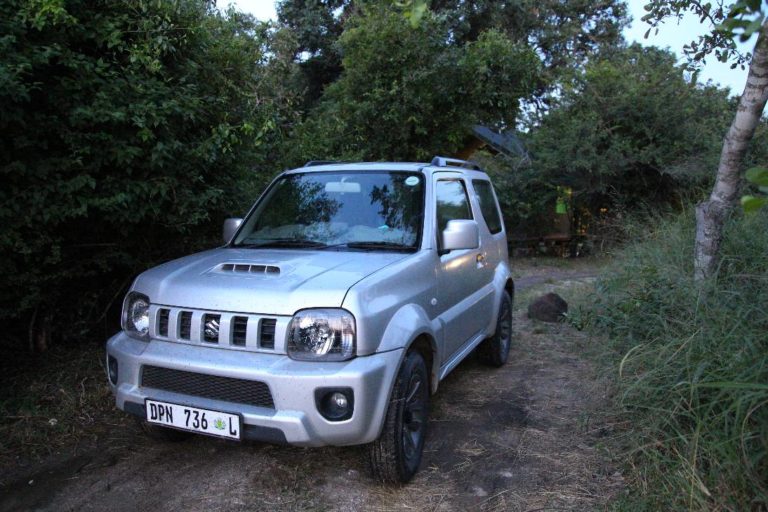
The main roads in Kruger are well-maintained, but the dirt roads can be unkind to sedans. Image: Lauren Dold
2. Plan your route
It’s important to have a route planned out before you set off for a full day in the park. Bear in mind the 50km/h speed limit, and distances between rest camps and picnic sites for bathroom stops. Give yourself at least an hour to get back to camp or access gate in the evenings, and be conservative with your time. There’s nothing worse than having to skip a sighting because time is running out to get to the gate.
3. Wake up with the birds
Getting up and out of the gates as early as possible gives you the best shot at spotting game, particularly in the summer months before the heat of the day sends animals running for shade. Early morning light is also great for photography, and there will be less competition with other vehicles.
Camp gates open at 4:30 between November and January; 5:30 between February and March and 6:00 from April to September.
Access gates open at 5:30 from October to March, and 06:00 from April to September.
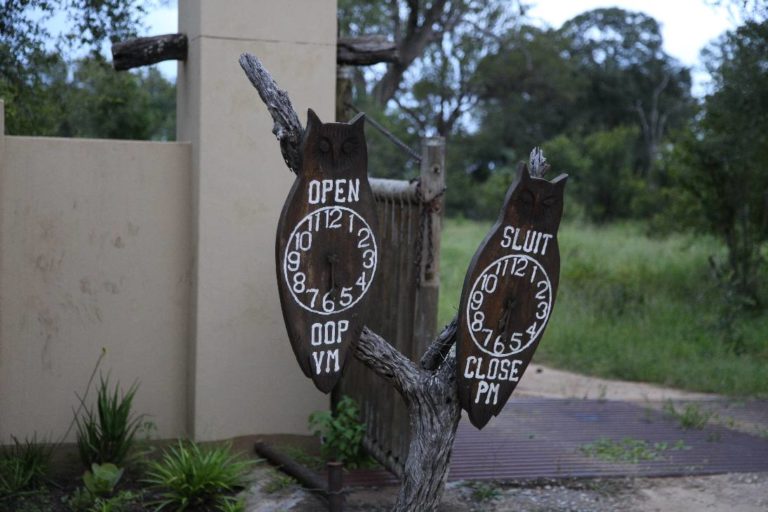
The early birds catch the worms in Kruger. Image: Lauren Dold
4. Drive slowly
Without the help of a ranger or tracker, all the spotting is up to you, and driving slowly (25-40km/h) gives you a better chance of finding game. Look for shapes, colours and textures that stand out from the bush. Often your only clue will be the flick of an ear or the swish of a tail. Ditch the checklist mentality and stop for the little things, and don’t forget to look up every now and then to scan the trees for birds and raptors.
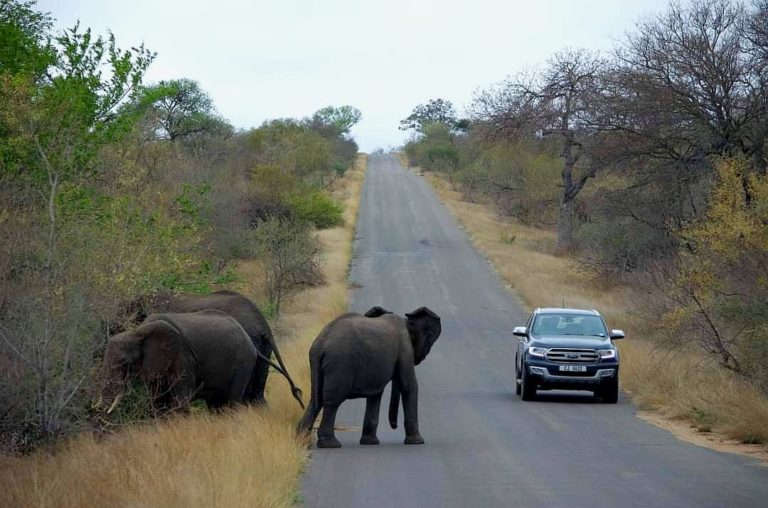
Self-driving means being able to handle sightings responsibly. Give wildlife right of way, and don’t overcrowd sightings. Image: Lauren Dold
5. Check the sightings boards and talk to other drivers
The sightings board should be your first port of call before heading through the gates. Make sure to look at the “Today” board rather than the “Yesterday” board as they swap positions every day. When out driving, stop to speak to drivers travelling in the opposite direction, so you will know what to look out for. And remember to pay it forward! Let others know what you have seen, too.
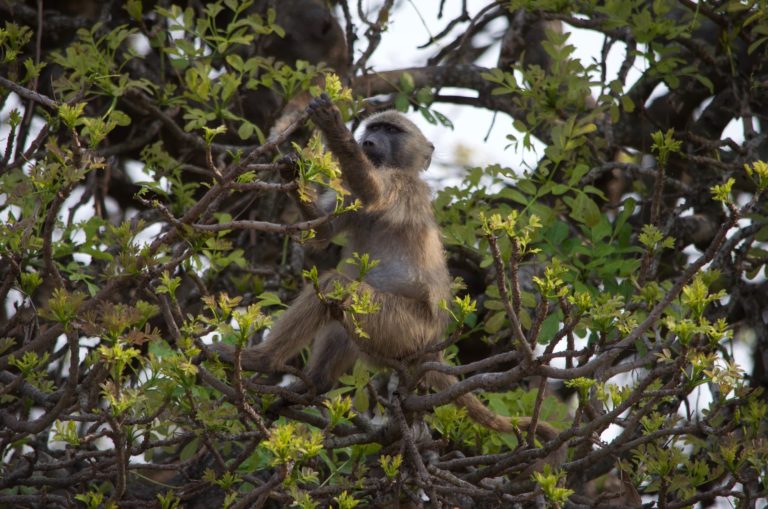
Stop your car and listen out for birds, monkeys, baboons or antelope alarm calling to help you find predators. Image: Lauren Dold
6. Pack wisely
Make sure everything you’ll need for the drive is accessible, as you can only get out of your vehicle at designated spots. Keep your cooldrinks and snacks on the backseat, and make sure you have your binoculars and any bird or tree books handy. Stash your Kruger Park map in the car door in case you need it to get out of a tricky spot. (A Kruger map is essential, with guides to the extensive route networks, maps of the camps and information about the park. Get an updated one at any of the Park’s Shops).
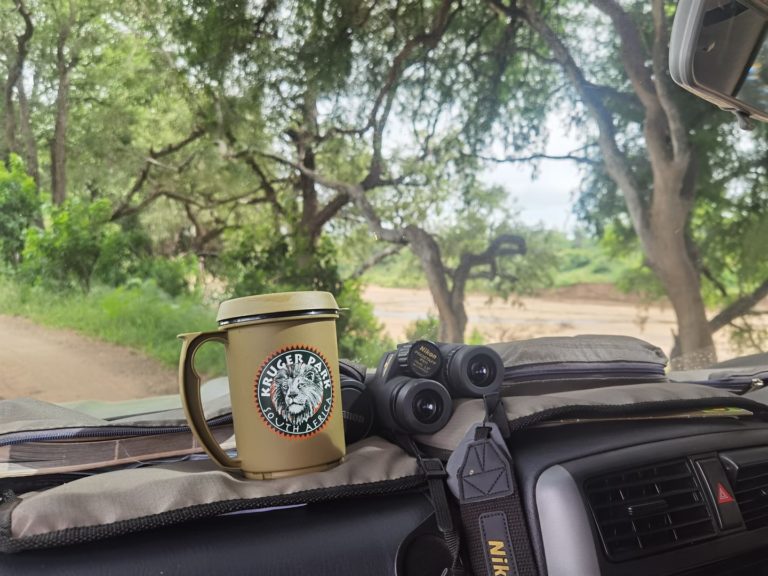
The key to a successful self-drive safari is organisation. Make sure your camera is charged, binoculars are ready and picnic supplies are packed and ready to go. Image: Lauren Dold
7. Plan around the season
While the Kruger park is fantastic to visit year-round, each season offers something different. Animals can be easier to spot in winter when the vegetation thins out, and animals tend to gather around waterholes and dams. Driving the park in summer can be hot, (air conditioning is essential) and it can be hard to spot game in the thick bush. That said, in summer the bushveld is vibrant and green and full of babies after the lambing season. Migrant birds like Woodlands Kingfishers visit the Kruger during this time, making a trip totally worth it. Remember to look out for things like tortoises if driving in the rainy season, as they crawl onto the roads to drink from the puddles.
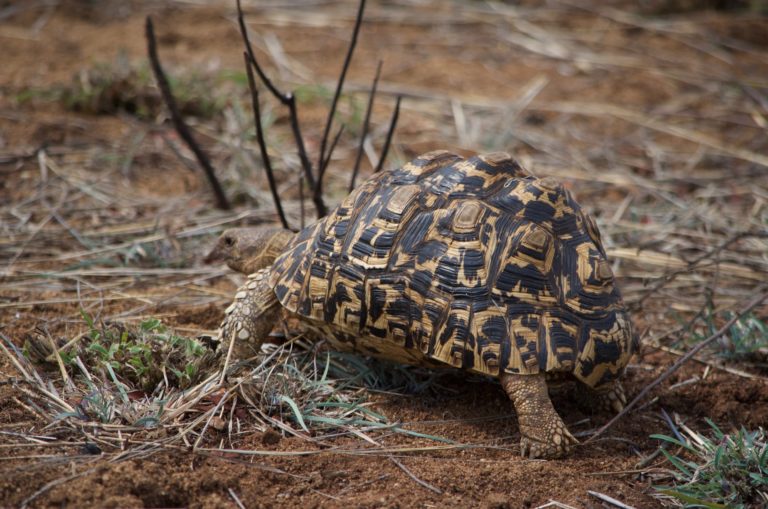
As much as Kruger is about the big things, it’s home to the little things as well. Take care when driving to scan the road for tortoises, chameleons, birds, shongololo’s and lizards. Dungbeetles will thank you not to drive over elephant dung in the road. Image: Lauren Dold
ALSO SEE: Top 5 mountain bike races in and around the Kruger Park









